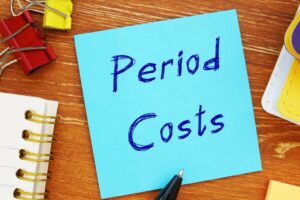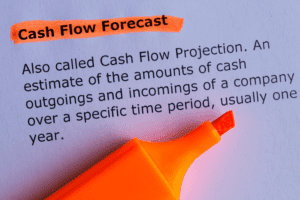Cost and Management Accounting


Even though standard costs are assigned to these goods and services, the company still pays the actual costs. These actual costs are then compared to the standard costs to identify variances. Variances can be caused by several factors, such as changes in the cost of materials or labor or the production process. Also known as marginal costing, marginal cost accounting reveals the incremental cost that comes with producing additional units of goods and services. With marginal cost accounting, you can identify the point where production is maximized and costs are minimized.
- Compared to standard cost accounting, ABC dives deeper into the cost of manufacturing a product or providing a service.
- The cost will be the expenditure that is attributable to something.
- Costing helps in periods of trade depression and trade competition – In periods of trade depression the business cannot afford to have leakages which pass unchecked.
- Notable EVA adopters have included Coca-Cola, Eli Lilly, Briggs & Stratton, and Herman Miller.
- Total cost is the sum of all business expenses, including operating costs, cost of goods sold (COGS), and production process costs.
Essential Skills Required for Accountants

It involves a visual representation of all the steps involved in production with the main aim of finding areas of waste during production. Apart from the initial investment, there will be additional finance charges and some other costs necessary to keep the asset operational. At the end of its life cycle, the asset is either sold or destroyed. Cost accounting clarifies where a company is spending its money and where money is being wasted or lost. Another way to segment costs is between operational and nonoperational expenses. Asim is an expert in MS Office, including PowerPoint, Excel, and Power BI, positioning him as a well-rounded specialist in the Microsoft Suite.
- Activity-based costing (ABC) is a cost accounting technique used to ascertain the cost of activities involved in the production of an item.
- If you’re an accountant, you know that the opportunities are endless for career specialization.
- This typically includes raw materials, labor, and distribution costs.
- This will not only reduce inventory holding costs but will also minimize downtime from having no storage space thereby preventing opportunity cost in terms of cash blocked in inventory.
- Although cost accounting and financial accounting are prepared on similar principles, there exist differences between them.
Types of Costs in Cost Accounting

To provide such information upon which estimates and tenders may be based. To advise the management for the formulation of future expansion policies and proposed capital outlays. To ascertain the wastage in each process of manufacture and to prepare reports which can assist wastage control. The application of Cost Accounting methods in Indian industries was felt from the beginning of the 20th century. (ii) No fixation of selling price – Financial Accounting does not fix the selling price. For example, a parent company overseas might be the supplier for its U.S. subsidiary, meaning the U.S. company contribution margin would be charged by the parent for any purchases of materials.
Indirect costs.
Here you may explore the roles and responsibilities of an accountant (another blog) in detail. Forensic accounting is the investigation of financial discrepancies and potential fraud. It combines accounting know-how with investigative skills to help uncover any financial wrongdoing. Tax accounting is all about what is cost accounting in simple words helping you manage and prepare your tax returns while ensuring you comply with tax laws.

Then you can read the rest of the question — and pull out only the data you need to answer the question. Accountants use many principles to guide their decision-making process, such as the matching principle and the principle of conservatism. Value is measured in terms of the usefulness of the Interior Design Bookkeeping product, the cost is measured strictly in monetary terms.
- This type of costing aims to know the cost of each stage in the process of producing an item.
- Lean cost accounting is a method that aims to streamline production processes to eliminate waste, reduce error, speed up processes, and maximize productivity and profits.
- Companies use standard costing, activity-based costing, and marginal costing to evaluate expenses and improve their financial performance.
- Some such methods of costing to ascertain these costs are historical costing, standard costing, etc.
- Cost accounting contributes to the preparation of the financial statements required of public companies.
What Are Operating Costs?
Both cost and management accountants report a wide range of annual salaries, which obviously increase with experience and depend on multiple factors. When selecting an accounting training institute, take the time to research and compare different options based on reputation, faculty, course offerings, support services, and the success of alumni. By understanding your career goals and assessing each institute against these factors, you can choose a program that will set you up for success in the accounting field. The choice of accounting method and system depends on various factors such as the size of the business, industry, complexity of operations, and specific financial reporting requirements. Overall, financial accounting plays a vital role in maintaining transparency and trust among stakeholders by providing a clear and standardized method of reporting a company’s financial activities.

